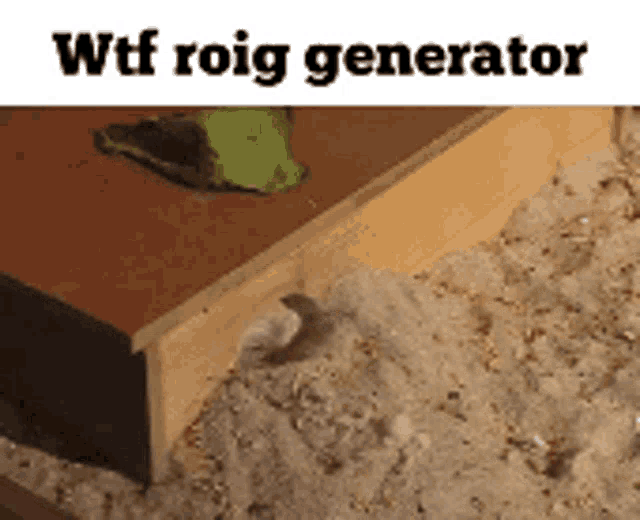So, what are jerboa?
Taxonomically speaking, they are rodents, although that isn't particularly diagnostic since 40% of all extant mammal species are rodents. Despite morphological similarities, jerboa are NOT kangaroo rats, which belong in the suborder clade Castorimorpha. This means that a kangaroo rat is more closely related to a beaver or pocket gopher than a jerboa. Instead, jerboa are firmly placed in Myomorpha, the clade that includes mice, hamsters, rats, gerbils, lemmings, and everyone's favorite: the lesser mole rat. Within Myomorpha, they are members of Dipodidae. While this entire group is capable of jumping bipedally, only four subfamilies within Dipodidae are actually jerboas: Allactaginae, Cardiocraniinae, Dipodinae, and Euchoreutinae. The other families are jumping mice or birch mice. Interestingly enough, all species in Dipodidae are restricted to the northern hemisphere.
Jerboa are arid environment specialists. Species in the genus Allactaga burrow themselves in the sand during the day and emerge at night to eat buds, seeds, small plants, and insects. The dwarf-three toed jerboa goes dormant during the day by self-inducing hypothermia. This lowers its own metabolic rate and crucially conserves energy. Jerboas can extract the majority of the water they need from seeds, insects, and plant matter. Jerboa are primarily solitary. Some species of male jerboa display courting behavior: the lesser jerboa Jaculus jaculus will use his short arms to slap the female repeatedly in the face to encourage copulation. The lesser jerboa also does not raise its young in captivity; the mother will reject offspring and in one case removed the babies from her nest after being born. Otherwise jerboa display maternal care and the young are typically capable of reproduction in 8 to 12 months.
The conservation status of jerboa species are either Least Concern or largely undetermined. Like many species of small rodents, jerboa are a lower priority of conservationists do to lack of funding, interest, or inaccessibility. Despite this, they are critical part of desert ecosystems, serving as prey for other small mammals, snakes, and birds of prey. Abandoned jerboa burrows can provide shelter for other small desert animals during intense heat or cold. A few species have small ranges and require specific habitats, such as the Iranian jerboa. This makes them much more at risk of decline due to habitat disturbance. Thankfully, most jerboas are well-established in many protected areas with suitable habitat, and they will hopefully be hopping around for years to come.
Taxonomically speaking, they are rodents, although that isn't particularly diagnostic since 40% of all extant mammal species are rodents. Despite morphological similarities, jerboa are NOT kangaroo rats, which belong in the suborder clade Castorimorpha. This means that a kangaroo rat is more closely related to a beaver or pocket gopher than a jerboa. Instead, jerboa are firmly placed in Myomorpha, the clade that includes mice, hamsters, rats, gerbils, lemmings, and everyone's favorite: the lesser mole rat. Within Myomorpha, they are members of Dipodidae. While this entire group is capable of jumping bipedally, only four subfamilies within Dipodidae are actually jerboas: Allactaginae, Cardiocraniinae, Dipodinae, and Euchoreutinae. The other families are jumping mice or birch mice. Interestingly enough, all species in Dipodidae are restricted to the northern hemisphere.
Jerboa are arid environment specialists. Species in the genus Allactaga burrow themselves in the sand during the day and emerge at night to eat buds, seeds, small plants, and insects. The dwarf-three toed jerboa goes dormant during the day by self-inducing hypothermia. This lowers its own metabolic rate and crucially conserves energy. Jerboas can extract the majority of the water they need from seeds, insects, and plant matter. Jerboa are primarily solitary. Some species of male jerboa display courting behavior: the lesser jerboa Jaculus jaculus will use his short arms to slap the female repeatedly in the face to encourage copulation. The lesser jerboa also does not raise its young in captivity; the mother will reject offspring and in one case removed the babies from her nest after being born. Otherwise jerboa display maternal care and the young are typically capable of reproduction in 8 to 12 months.
The conservation status of jerboa species are either Least Concern or largely undetermined. Like many species of small rodents, jerboa are a lower priority of conservationists do to lack of funding, interest, or inaccessibility. Despite this, they are critical part of desert ecosystems, serving as prey for other small mammals, snakes, and birds of prey. Abandoned jerboa burrows can provide shelter for other small desert animals during intense heat or cold. A few species have small ranges and require specific habitats, such as the Iranian jerboa. This makes them much more at risk of decline due to habitat disturbance. Thankfully, most jerboas are well-established in many protected areas with suitable habitat, and they will hopefully be hopping around for years to come.


















